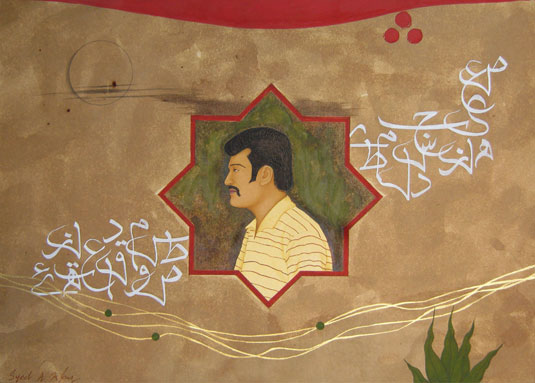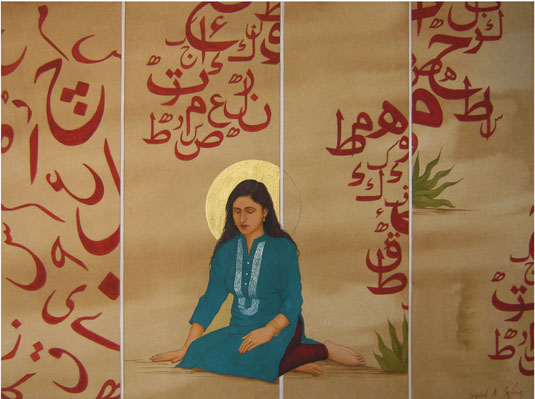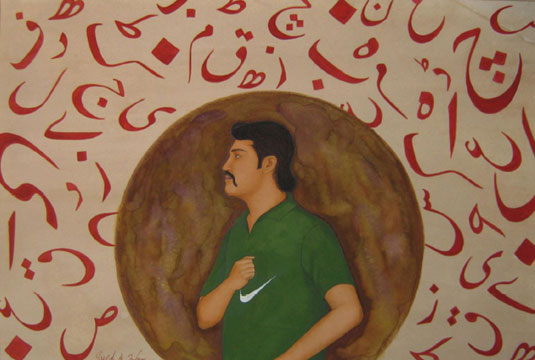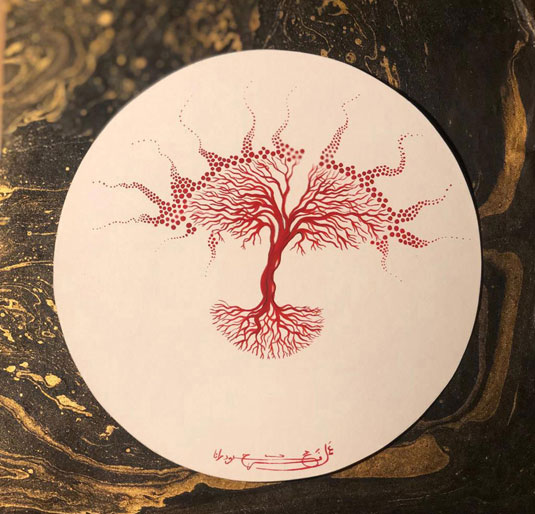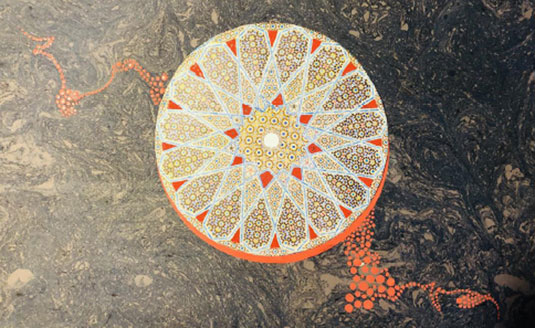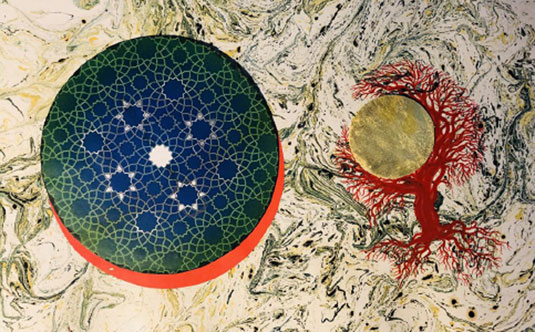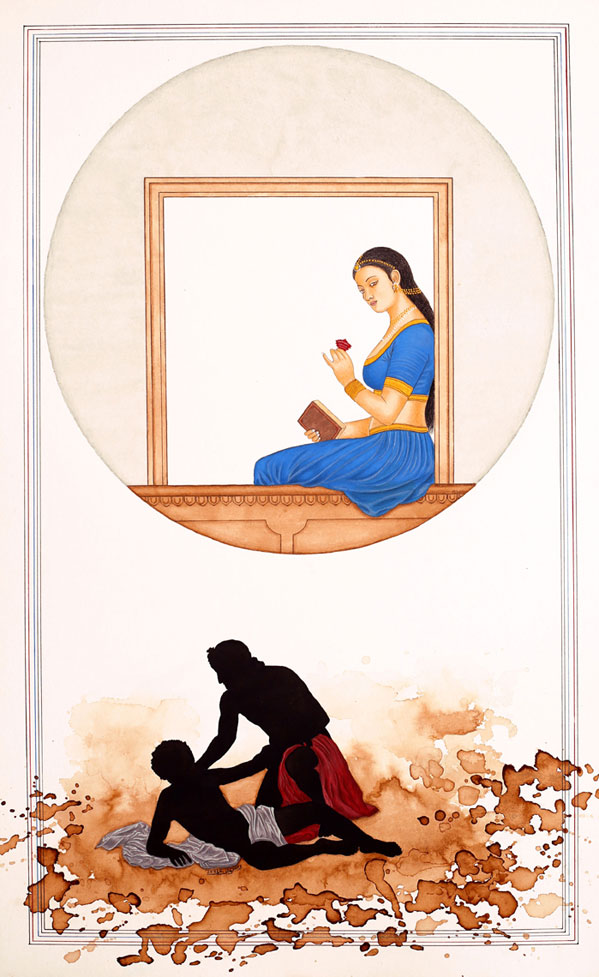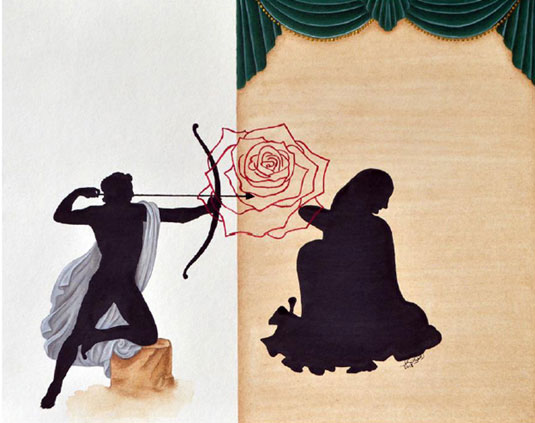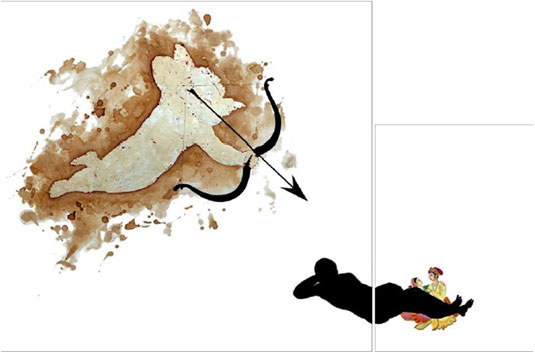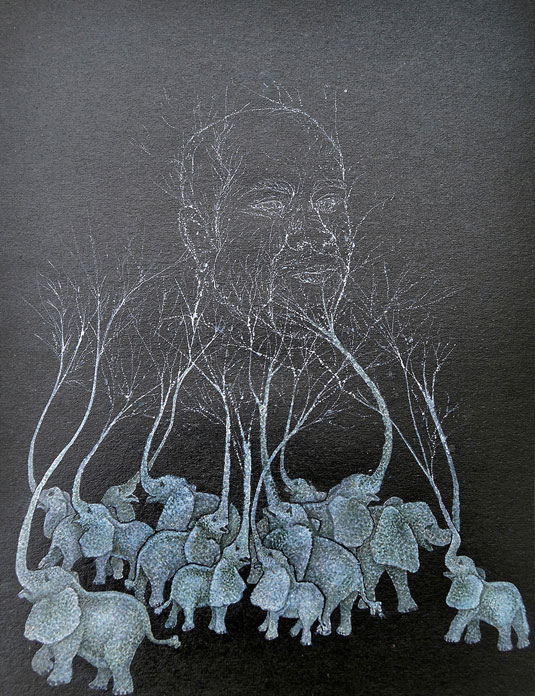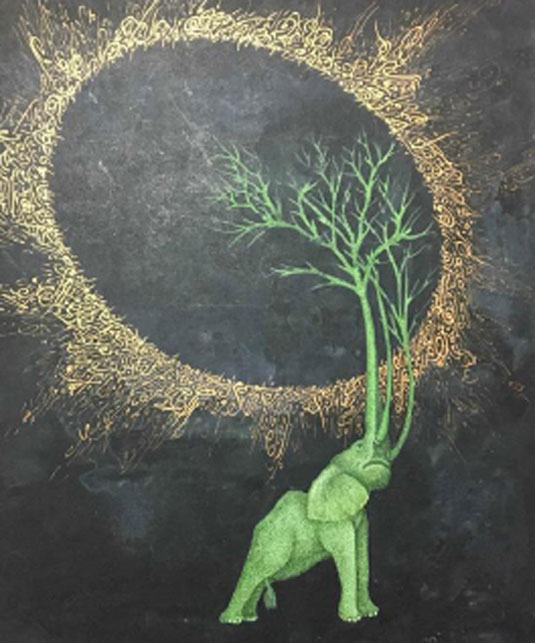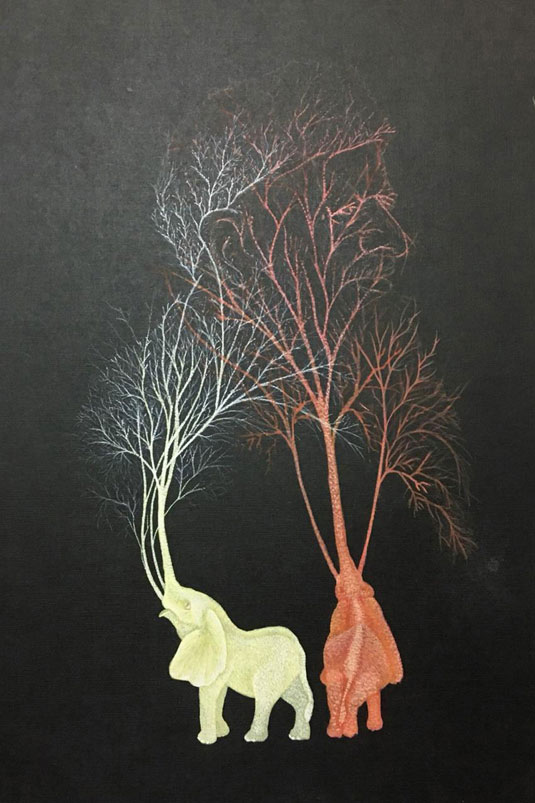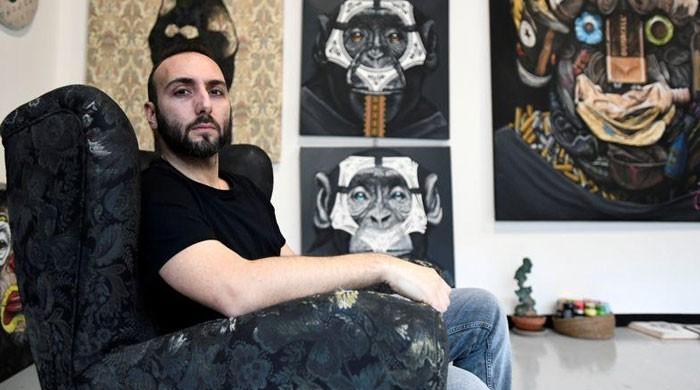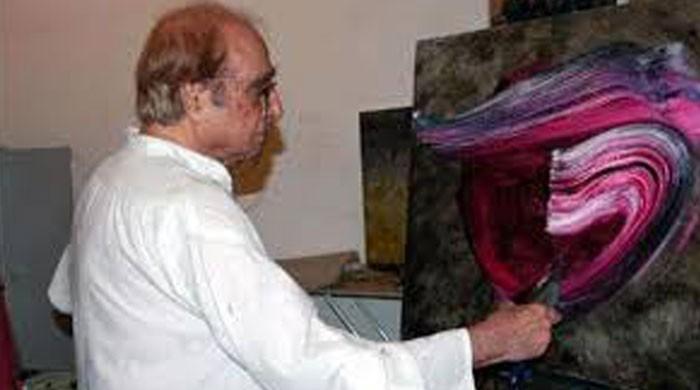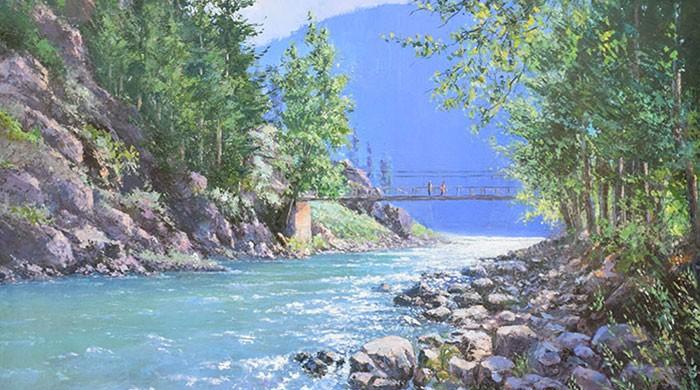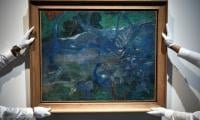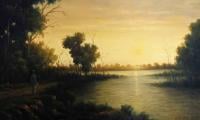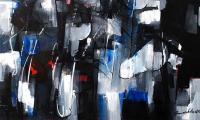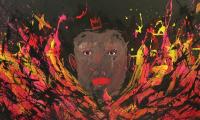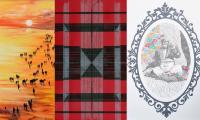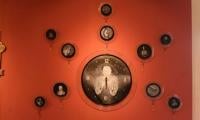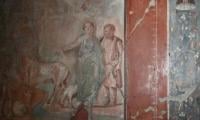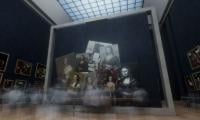Once we were in heaven: Art show brings together Pakistan's miniature artists
A Karachi based artist Syed A Irfan is associated with the art world for the last 15 years. His skills in traditional and contemporary styles using miniature techniques are admirable.
Admirable miniatures were presented in a group show of miniature artists from different cities of Pakistan titled “Once we were in Heaven” at Studio Seven Gallery, Karachi. The exhibition featured a collection of small to large sized artworks by artists Syed A. Irfan, Farrah Mehmood, Kausar Iqbal and Rizwan Ali.
A Karachi based artist Syed A Irfan is associated with the art world for the last 15 years. His skills in traditional and contemporary styles using miniature techniques are admirable.
His recent series of work titled “The Power of Our Words” at the exhibition revolved around the basic mode of our expressions. As expressions can move a person into tears evoke absolute joy or lead him/her in action there are words of encouragement, sympathy, love and admiration.
The right words can give person strength, define your path and turn things into reality that once lived in your imagination.
His illustrative paintings showed human figures – men and women surrounded by various words that can be a source of inspiration or transform a human into an animal.
Farrah Mahmood is a miniature artist from Islamabad. She is working in the art field for the last 18 years. She is also an associate professor in Comsats University, Islamabad.
As a female artist Farrah’s artworks dealt with a range of social and political issues in a male-dominated society. She wanted to highlight problems women face in the down trodden parts of the world.
He also discussed abuse of power and the root cause of a corrupt and unjust system that have distressed our personal judgment about human values in different societies. Thus she emphasised on peace and humanity through her paintings. Some of her works showed Islamic geometric patterns blended with motifs with Abbari (Marbled Wasli).
A visual artist from Lahore Rizwan Ali merged western figures with Mughal characters using different techniques in his paintings at the exhibition. He worked with gouache, silver leaf, tea stains and powder gold on wasli paper giving the true essence on the use of mixed media. His artworks captured the themes of love, spirituality and community with simplicity.
Various figures and faces of people often dancing, embracing were captured in the acts of everyday life by him. The artist merges European Renaissance figures with Mughal characters developing a new narrative. The black and white shadowy figures of men and women speak of his connection to the Mughal civilization and western aesthetics.
His characters sometimes appear like spirits, icons and effigies. The artworks were filled with stories of cultural aspects and the essential goodness of people. There was a celebration of humour, soulfulness, love and sensuality.
Belonged to Malakand Kausar Iqbal shared his positive thoughts through his miniature in contemporary style. He believes in progress, reform and cohabitation realizing the great need for the positive change within his society.
Through his keen observation and intellect, he engaged viewers in to a dialogue through artistic wit, remarkable critique on social issues and political symbolism. Behind his intricate and beautiful rendering lay strong symbolism, convictions which are universal in nature.
Elephant and Donkey series of Kausar Iqbal’s work also refers to political symbolism associated to Republicans and Democrats in USA. Through his work Kausar shared the tales of many ordinary people around him, using elephant symbolically as an abstraction. These stories of ordinary people are deeply influenced by the political circumstances.
His optimism was manifested through his ideas; he intended to communicate the message of love, peace, trust and hope.
-
Rare Gauguin fetches 9.5 mn euros at Paris auction
-
Vibrant compositions
-
Artist Mashkoor Raza's bold and soft compositions
-
Sanki King brings a burst of energy in graffiti
-
Remembering the forgotten
-
‘Being Edhi’ – means to serve humanity
-
New technique reveals lost splendours of Herculaneum art
-
Louvre offers virtual ´tete-a-tete´ with the Mona Lisa
